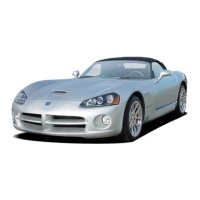
Do you have a question about the Dodge 2005 Viper and is the answer not in the manual?
| Brand | Dodge |
|---|---|
| Model | 2005 Viper |
| Category | Automobile |
| Language | English |
Overview of the manual's purpose and content.
Guidance on navigating the manual and using its features effectively.
Important safety alerts and precautions for vehicle operation and maintenance.
Information on locating and understanding the vehicle's VIN.
Warning about risks associated with modifying vehicle structure or systems.
Details about vehicle keys, key codes, and their importance for security.
Information on electronic and mechanical locking/unlocking mechanisms.
How to use the remote transmitter to lock and unlock doors.
System overview and how it monitors vehicle security.
Information about the vehicle's window systems.
Overview of vehicle safety restraint systems.
Importance and legal requirements for child restraints.
Overview of the airbag system as a supplement to seat belts.
Instructions and warnings related to operating the convertible top.
Description of features found in the vehicle's console area.
Information on interior and exterior mirror adjustments and types.
Information and adjustments for vehicle seats.
Step-by-step procedure for opening and closing the vehicle's hood.
Information about the vehicle's interior and exterior lighting systems.
Controls for various vehicle functions, including lights and signals.
Information on the vehicle's adjustable pedal system.
Operation of windshield wipers and washers.
An overview of the components and layout of the instrument panel.
Detailed description of gauges and indicators on the instrument cluster.
Information on various vehicle gauges like Tachometer, Fuel, Oil.
Information on the vehicle's digital clock and setting procedures.
General information about the vehicle's radio system and signals.
How to operate the vehicle's radio system, including modes and tuning.
How to operate the CD player, including disc insertion and management.
Overview of the air conditioning and heating system controls.
General steps for starting the vehicle's engine.
Procedures to follow if the engine does not start.
How to shift gears in the manual transmission.
How to apply and disengage the parking brake.
Information about the Anti-Lock Brake System (ABS).
Important safety information related to tires.
Recommended fuel type and octane rating for the vehicle.
Information on vehicle loading capacities.
How to use the hazard warning flasher for emergencies.
Steps to take when the engine overheats.
Step-by-step guide for jump-starting the vehicle's battery.
Advice for driving safely on slippery road conditions.
Guidelines for towing disabled vehicles.
Diagram and identification of components in the engine compartment.
Explanation of the OBD II system and the Malfunction Indicator Light.
How to check and maintain the engine oil level.
When and how to change the engine oil and filter.
Requirements and maintenance for the catalytic converter.
Maintenance and inspection of ignition wiring and timing.
When to inspect and replace the air cleaner filter.
Information on the maintenance-free battery and its location.
Step-by-step instructions for servicing the vehicle battery.
Checking and maintaining the air conditioning system.
Checking and maintaining the power steering fluid level.
Importance of changing brake and clutch fluid periodically.
Information on transmission fluid and maintenance.
Checking the rear axle fluid level and for leaks.
Location and contents of the power distribution center.
Scheduled maintenance for the emission control system.
Overview of the two maintenance schedules (A and B).
Conditions requiring Schedule B maintenance for severe driving.
Schedule A for vehicles not operated under severe conditions.
Tips for getting effective service for your vehicle.
Steps to take if you are not satisfied with dealer service.
Information on warranty coverage and transfer.
How to report safety defects to NHTSA and Transport Canada.
Explanation of DOT tire grading categories.
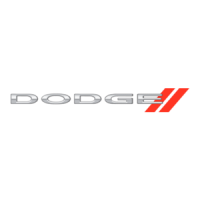

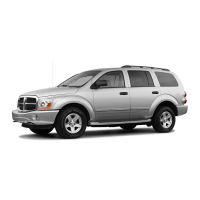
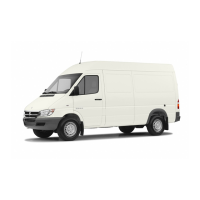

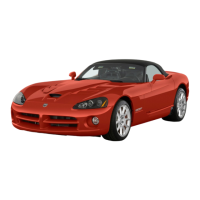

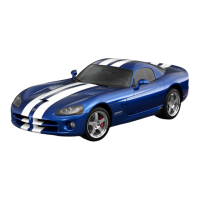




